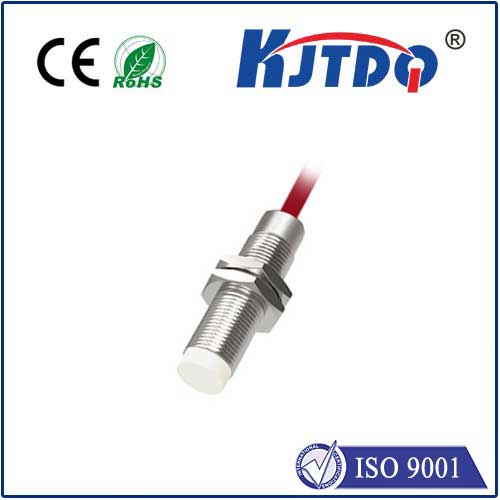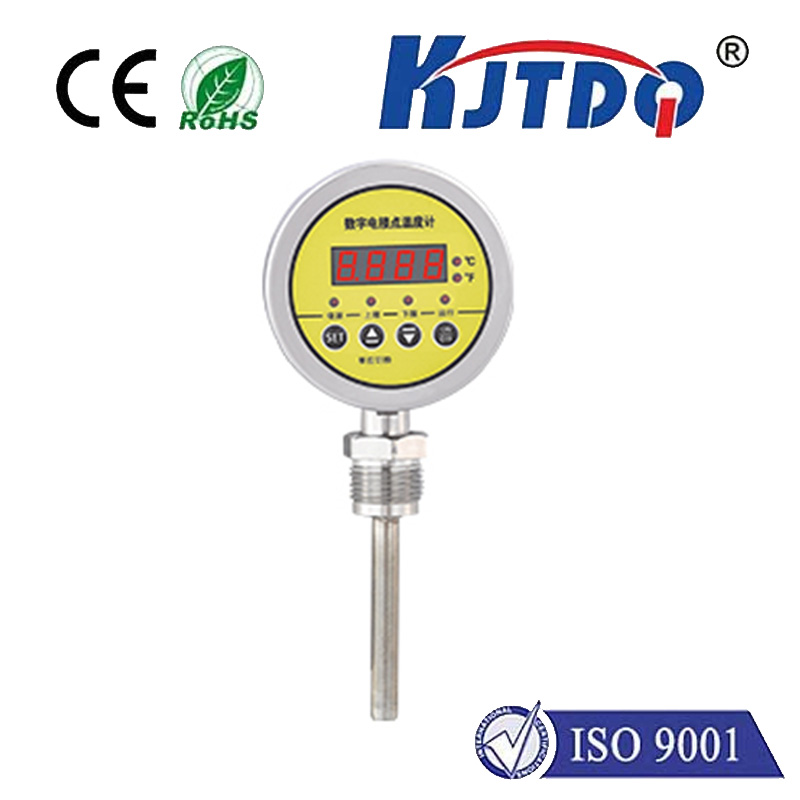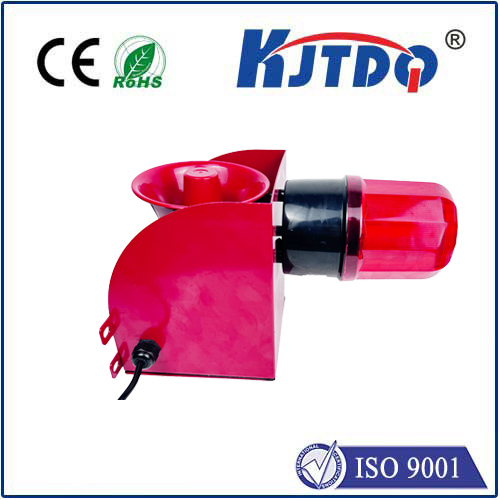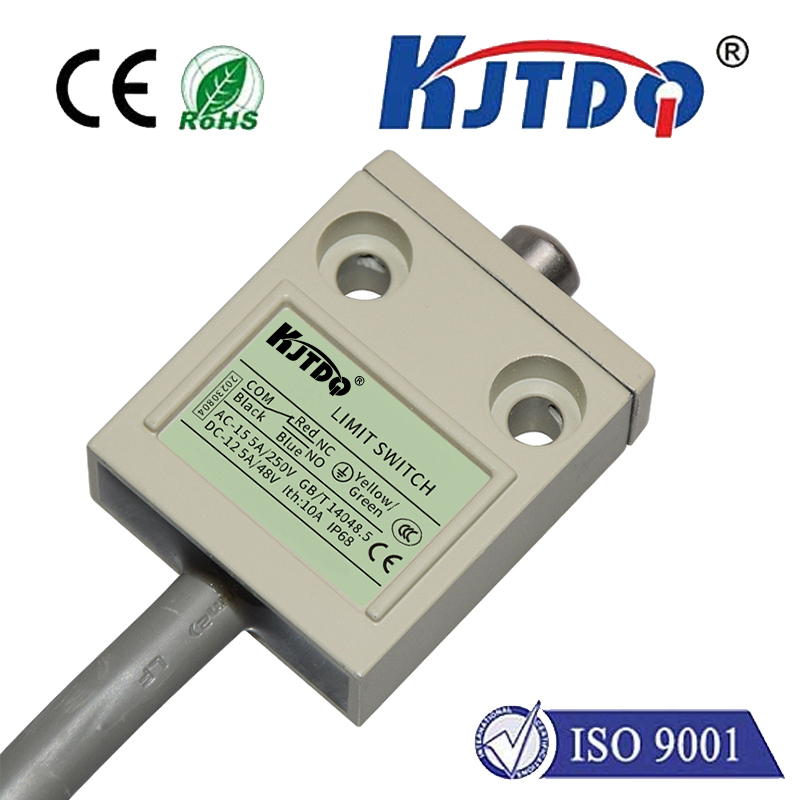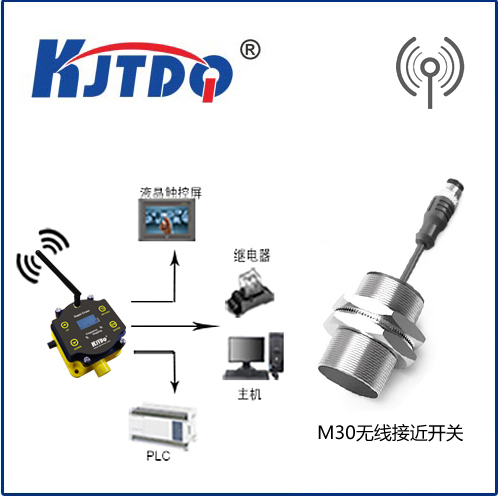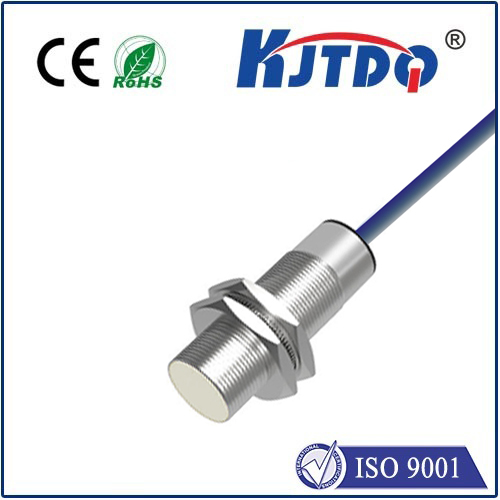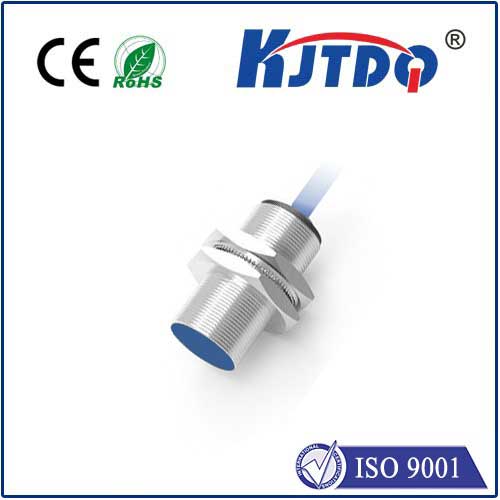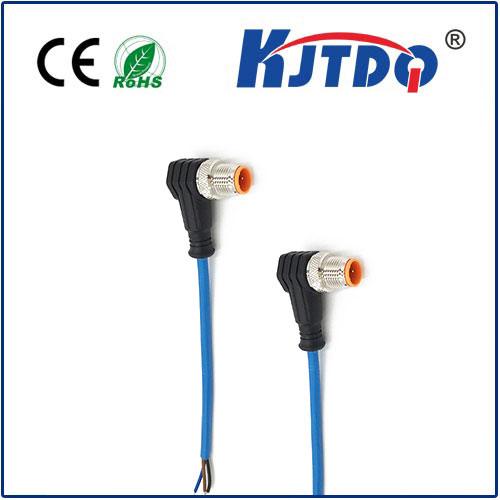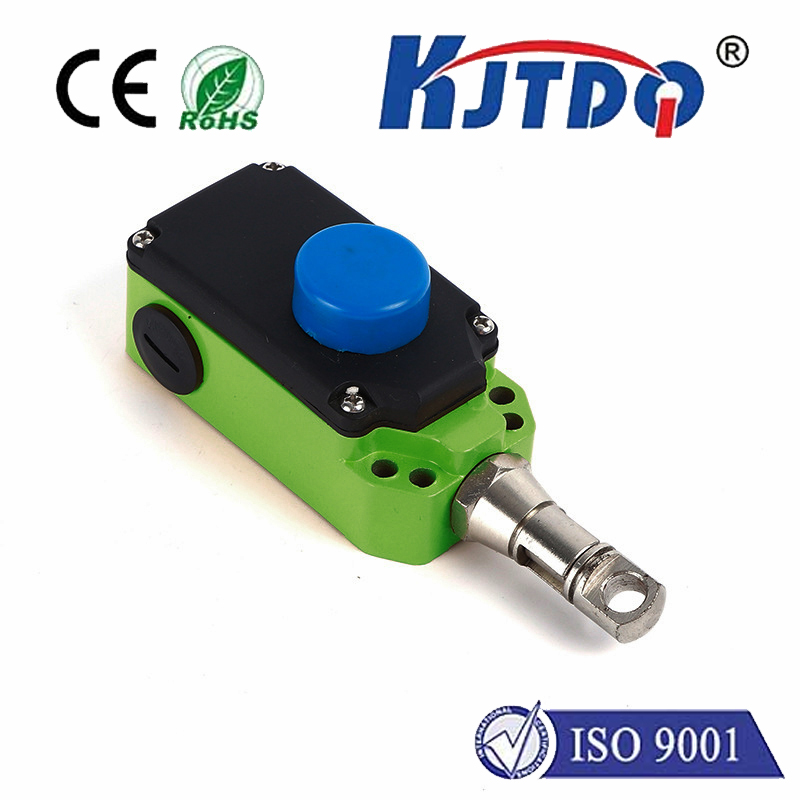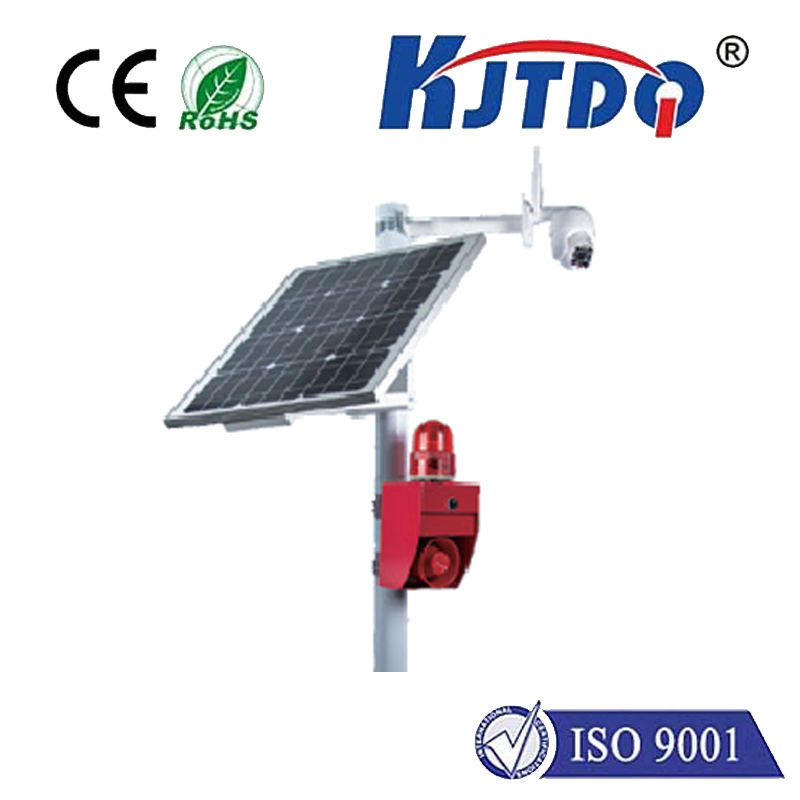
check

check

check

check
Title: Understanding Pneumatic Controls and the Importance of Limit Switches
Introduction:
In the realm of industrial automation, pneumatic controls play a crucial role in managing the motion and operation of machinery. These controls rely on a system of air pressure to regulate the movement of pneumatic actuators such as cylinders, valves, and motors. One vital component that ensures precise control within these systems is the limit switch. In this article, we'll delve deeper into the world of pneumatic controls and explore the significance of limit switches in maintaining efficiency and safety in automated processes.
Pneumatic Control Basics:
Pneumatic control systems are popular due to their simplicity, reliability, and ability to handle harsh environments. Unlike electronic counterparts, pneumatic equipment operates using pressurized air or gas, making it ideal for applications where spark-free environments are necessary. The core components include an air compressor, which generates airflow, pneumatic actuators for mechanical output, various pneumatic valves for directional control, and the all-important limit switches for positional feedback.

The Function of Limit Switches:
Limit switches serve as critical sensors within pneumatic control systems. They are designed to detect the presence or absence of an object, or the position of a machine element, such as a piston in a cylinder. When the piston reaches a predefined point, the limit switch sends an electrical signal to the control system, triggering a change in the state of the system—such as stopping a motion or reversing it. This feedback mechanism is essential for accurate and repeatable operations, ensuring that machines perform tasks consistently and safely.
Types of Limit Switches:
Several types of limit switches are available, each suitable for different applications. Mechanical limit switches are commonly used due to their durability and straightforward operation. Proximity switches offer a more advanced solution, detecting objects without physical contact, thus reducing wear and tear. Additionally, magnetic limit switches can operate in environments where contamination might affect other types of sensors. Each type has its advantages, and the choice depends on the specific requirements of the pneumatic system at hand.
Implementation of Limit Switches:
The implementation of limit switches requires careful consideration of the system's design. Switches need to be placed at strategic locations to ensure they trigger at the correct moment. This often involves understanding the full range of motion for each actuator and setting up the limit switches to provide feedback at both the start and end points of travel. Moreover, the wiring and integration of the switches with the control logic must be done with precision to avoid false signals that could disrupt the operation.
Maintenance and Reliability:
While pneumatic controls and limit switches are generally reliable, they still require regular maintenance to function optimally. This includes cleaning the contacts of the limit switches, checking for any wear or misalignment, and ensuring that the air pressure remains steady. Regular inspections help identify potential issues before they lead to downtime or damage to equipment, thereby maintaining operational efficiency.
Conclusion:
Pneumatic controls play an integral part in modern automation, with limit switches serving as the eyes and ears of these systems. By providing real-time feedback on the positioning of machine parts, limit switches enable precise control and prevent unintended movements. With proper selection, installation, and maintenance, pneumatic control systems equipped with limit switches can operate reliably and efficiently, driving productivity while maintaining safety standards within industrial settings.
